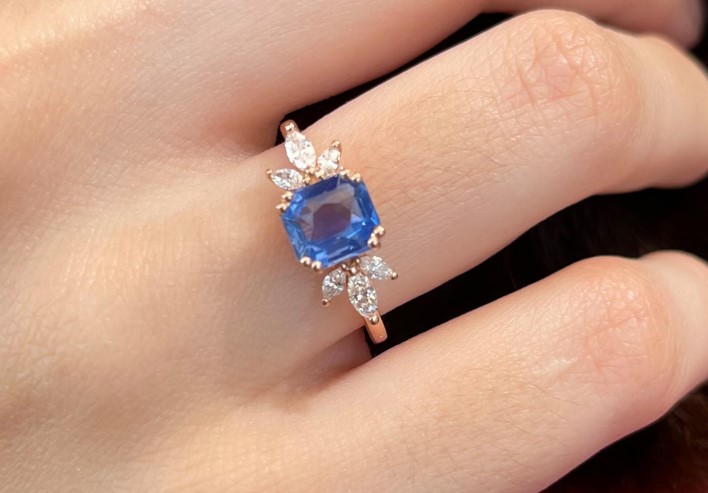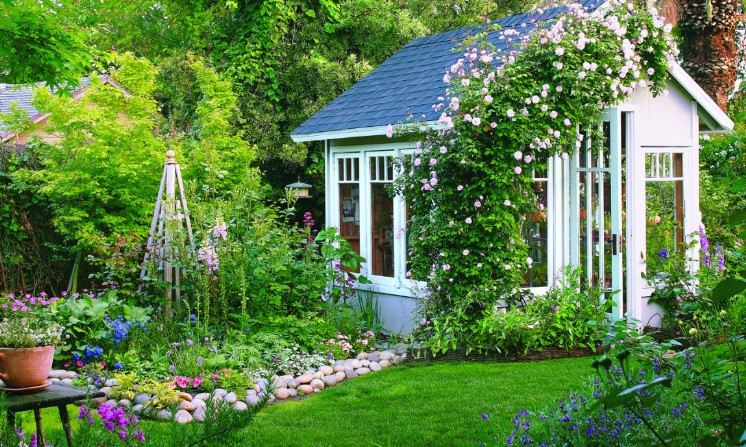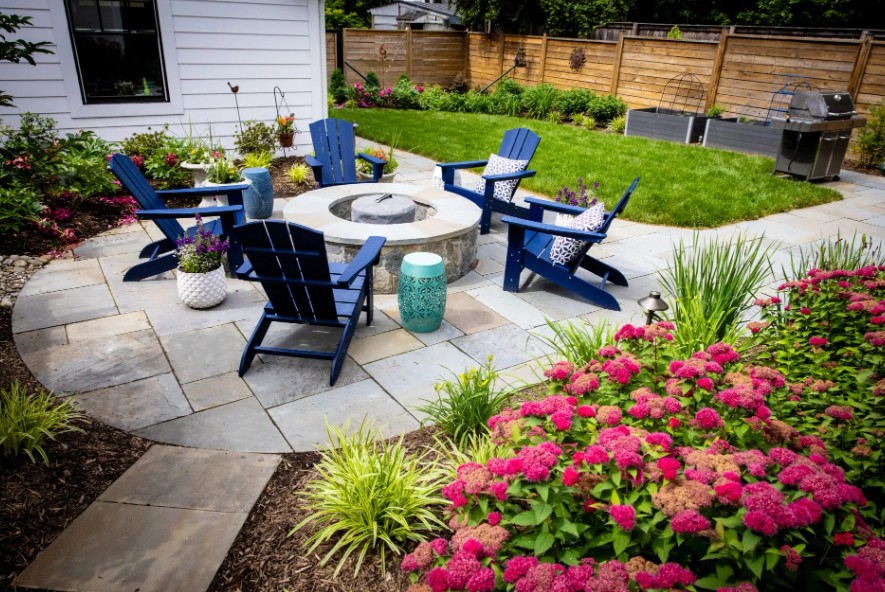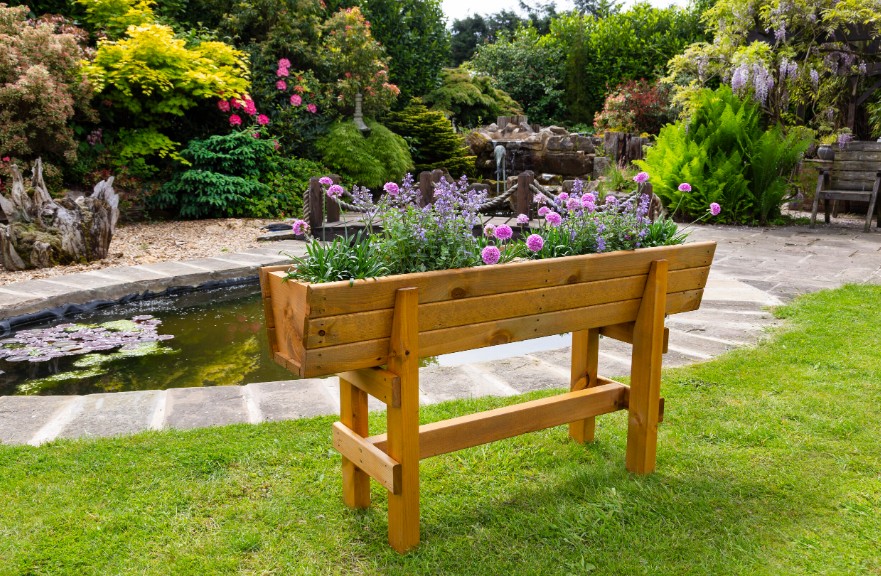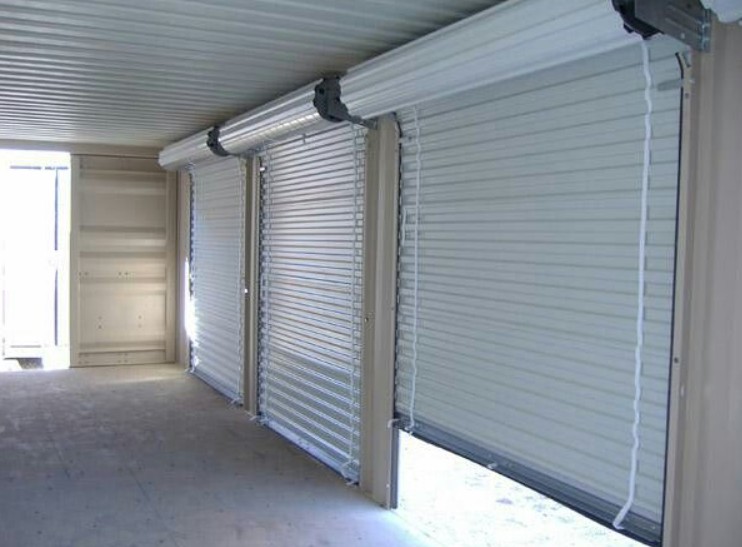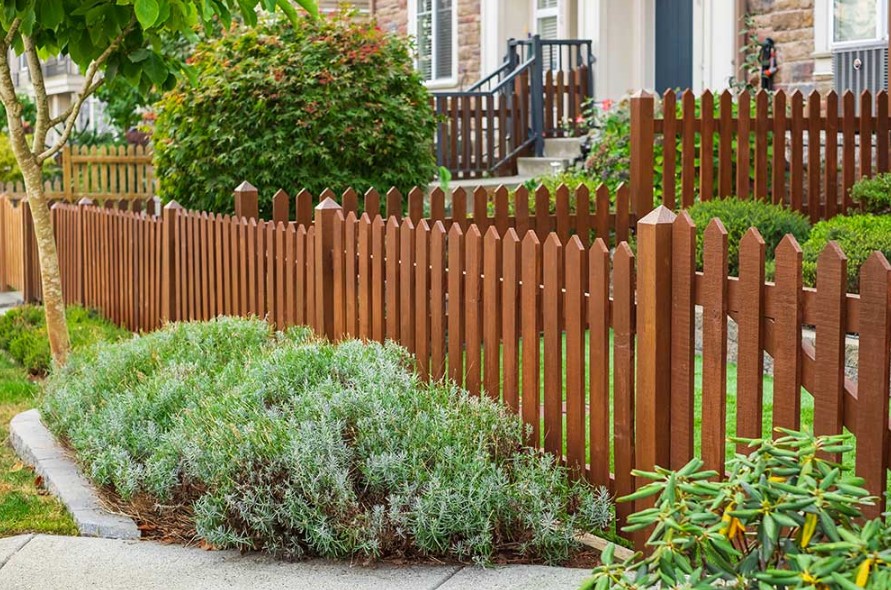Designing Buildings for the Luxury Buyer Is a Balancing Act, Says Miami Architect

Charles Sieger, a Miami architect, and the president of Sieger Suarez Architects, has helped build the skyline in downtown Miami over the past 50 years—from a strip of palm trees into a waterfront of condo towers.
He started as an architect in 1972, and in 1980, co-founded his firm with fellow architect Jose Suarez. Ever since, they have become leaders of luxury high-rise developments, with one visual trademark: No visual trademark.
While some architects like Frank Gehry or Zaha Hadid’s buildings are instantly recognizable, Mr. Sieger’s buildings are somewhat modest on the Miami skyline, able to let the developer’s vision speak without getting in the way. In other words, he is adept in the art of design subtlety, creating high-end visual drama without overwhelming you with flourish.
As of late, the Miami real estate market has been surgining, and Mr. Sieger’s firm is at the forefront of this hot market. He designed the Waldorf Astoria Residences Miami, the city’s first supertall, as well as the new E11EVEN Hotel & Residences Miami, a glossy tower with a rooftop helipad. Sieger, 75, speaks to Mansion Global about infinity pools, downtown Miami’s boom and why he lives on a farm.
More: Off-Market Luxury Home Sales Are Surging in London, Says Buying Agency Founder
Mansion Global: How have luxury properties changed in Miami, as of late?
Charles Sieger: We’ve been doing luxury properties for 20 years. The biggest change is essentially the movement of downtown Miami. The heights, the taller towers are being accepted, there’s a continuous fight in areas like Miami Beach. Miami has 31 municipalities; they’re all different zonings. The biggest push has been downtown Miami, it’s absolutely booming.
MG: Why is the luxury Miami real estate market on fire right now?
CS: I can’t even keep track of the prices that have doubled. It’s beyond me. There was a period of time not too long ago where you could buy condos in tall buildings for $600,000 tops, now it has doubled. The impetus was the pandemic. It’s bizarre how people from the Northeast are moving here. Since people started being able to work from home, they started moving here in droves.
MG: Where do you live?
CS: I live out on farmland of 14 acres out of the city. I built myself a house out here.
MG: How do you feel about the private island communities in Miami, will they become more popular?
CS: Star Island and Fisher Island have always been expensive, Indian Creek, too. One house on Bayshore Drive is on the market for $150 million, the highest price in Miami (it’s not on a private island). But as for the homes on the private island, you can’t even get them, if you do, there was a recent $50 million sale on Indian Creek. These houses are big but they’re not enormous. It’s bizarre what’s happening. It’s great for our area. There’s a lot of hedge fund movement down here.
MG: You designed the Waldorf Astoria Residences Miami, it’s the tallest building in the city. The building looks like stacked ice cubes. What were you going for?
CS: There are other buildings that have offset blocks, but we wanted to keep them cubes. We wanted to create a sense of tension. I think it’s exciting to look up and see this 1,000-foot tower off Biscayne Boulevard. We rotated one, offset another. The bottom three cubes are the Waldorf Astoria Hotel. Then the fourth to the ninth is out of the box, creating a tension that doesn’t exist in most of the high-rises. We were trying to do something different. Offsetting the cubes gives the illusion that the tower is even taller than it is.
MG: Tell me about the construction boom in the city?
CS: There are 30 towers all being built. There are 16 short-term condo towers that are live-in hotel residences, we’re working on four of them. Because of the price pressures of buying a house and apartment costs skyrocketing, there’s a huge influx of rentals. All the people who left are not all rich. Buildings are renting 500 units in a week. It’s crazy. It’s filling right up from California, New York and South Americans who can now fly up here.
MG: You recently designed Society Biscayne, a building that is opening its vacancies soon, what was the most fun part of designing this one?
CS: Yes, we just finished it, I don’t know when they’ll open it but it’ll be full soon. I would say the church is the most unique. The building was done on a Methodist church property, so we had to replace it. We put it on the facade, so it has a rental building, it has a 22,000-square-foot church, common areas, a gym, yoga platform, downtown ocean view, retail and a co-working laboratory—it’s truly a mixed-use building.
More: Natural Elements Add Tranquility to a Home, Says Design Firm Founder
MG: How do you feel about the infinity pool demand and designing spaces for Instagram?
CS: We want every room to be photographable. If you look at the Waldorf’s stair, it goes from the condo to the lobby, it’s an over-the-top stairwell. It’s like the bridge between hotels and residence buildings, both of which have restaurants. We are always looking for architectural imagery first then work with the world’s best interior designers to step it up.
MG: Which architect has been the most influential in shaping your own design vision?
CS: It was the gentleman who I studied with during my master’s degree at Penn University, Louis Kahn. He was my mentor, a philosopher and a great architect. When you do these towers, it is like going into a museum where you’re alone. You have to appeal to 500 people who will buy properties here, that ilk, while making it affordable for developers, who are selling it. There’s a bridge to design, it’s a unique position. You have to satisfy the people who are living there and doing it that makes good architecture. It’s a tough climb. It took me many years to make it here.
Click to read more luxury real estate professionals share their insights

